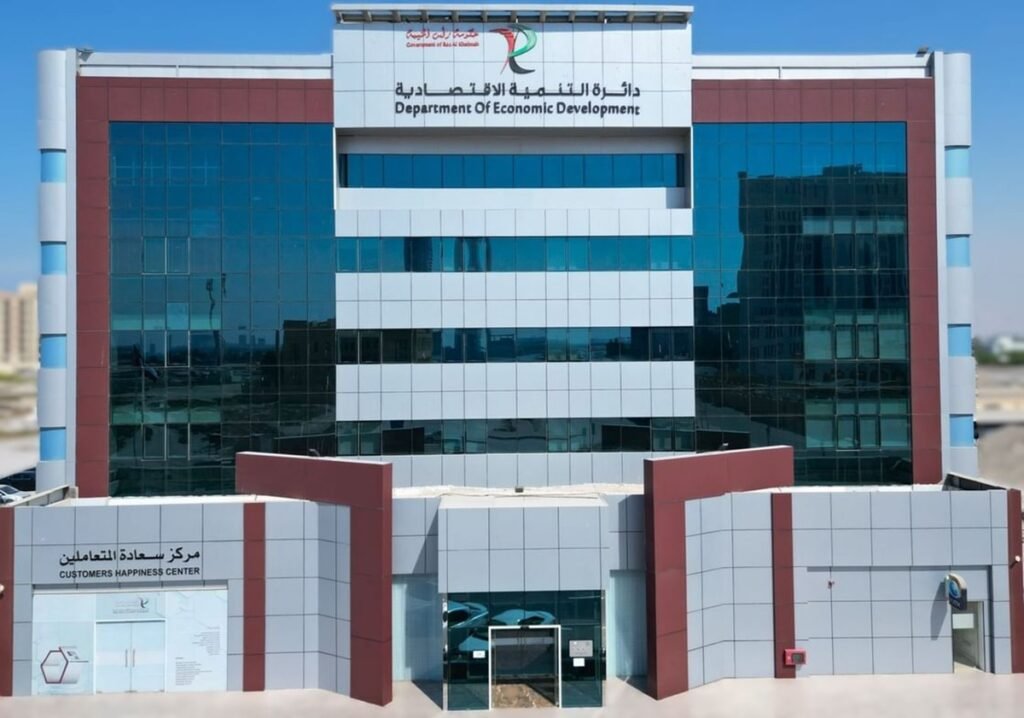Ras Al Khaimah’s economy continues to gain momentum in 2025, with the Department of Economic Development (DED) reporting a 17.6 per cent increase in new business licences issued during the first half of the year.
A total of 1,219 licences were issued from January to June, up from 1,037 in the same period last year.
The sharpest rise came from the industrial sector, which saw a remarkable 111 per cent increase in new licences, underscoring Ras Al Khaimah’s growing appeal as a manufacturing and industrial hub.
Ras Al Khaimah business licences
Professional licences grew by 20 per cent, and commercial licences by 12.6 per cent.
Amina Qahtan, Director of the Commercial Affairs Department at the Department of Economic Development, affirmed that the positive results reflect the emirate’s dynamic and growing economic trajectory.
She attributed this growth to the wise leadership’s directives aimed at fostering a more flexible economy, supported by a range of incentives and facilitative measures that ease doing business and attract investors.
Ras Al Khaimah economic highlights
- Wholesale and retail trade: 44.4 per cent of new licences
- Construction: 18 per cent
- Accommodation and food services: 13.2 per cent
- Manufacturing: 11.1 per cent
- Other services: 8.6 per cent
The total registered capital for new businesses increased by 7.5 per cent in H1 2025. Notably, the capital of industrial licences surged by more than 7.6 times compared to the same period in 2024. Professional licences also saw a capital increase of 24.7 per cent.
Al Jazirah Al Hamra led in attracting new capital, accounting for nearly one-third of all new investments. Al Dhait and Al Ghail followed, with 13 per cent and 8.5 per cent respectively.
Geographically, Al Dhait area recorded the highest share of new licences, accounting for 8.7 percent of the total, followed by Al Nakheel with 8.4 percent, and both Al Qusaidat and Julphar with 7.7 percent.
In terms of the ratio of new licences to active licences within each area, Khalifa bin Zayed City ranked first with 18.9 percent, followed by Dahan at 13.4 percent, and Al Ghail at 9.1 percent.
These figures suggest a broadening distribution of economic activity across Ras Al Khaimah’s districts, reflecting both grassroots growth and targeted investment strategies.

